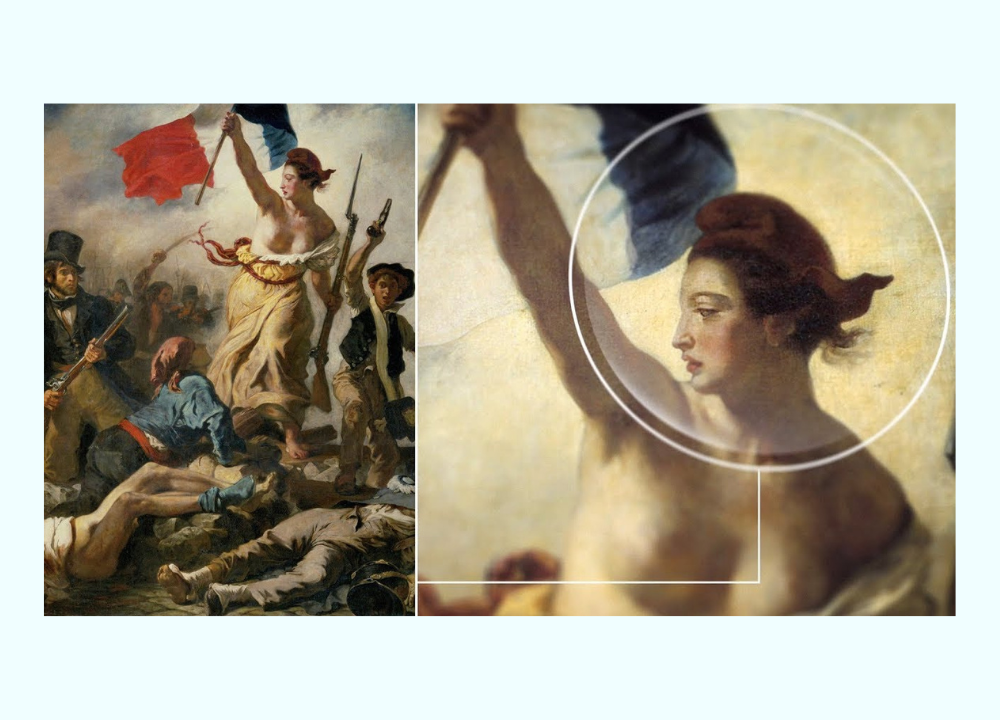Art history has long celebrated names like Michelangelo, Picasso, and Van Gogh, but countless female artists made equally groundbreaking contributions and were overlooked for centuries. Many of these women faced barriers to education, patronage, and recognition, yet they persevered, producing works that influenced movements from the Renaissance to Modernism.
1. Caterina van Hemessen: A Renaissance Pioneer
Caterina van Hemessen (1528–1587) was one of the earliest known female oil painters in Europe. She is credited with creating the first self‑portrait of an artist at an easel.
- Flemish Renaissance painter trained in Antwerp.
- Specialized in small portraits with delicate detail.
- Painted one of the earliest self‑portraits by a woman artist.
- Worked under the patronage of Mary of Hungary.
- Influenced later portrait traditions in Northern Europe.
Her work demonstrated that women could master technical skills and claim professional identity in a male‑dominated field.
2. Artemisia Gentileschi: Baroque Trailblazer
Artemisia Gentileschi (1593–1653) defied expectations in the Baroque era, producing dramatic, emotionally charged paintings.
- Italian Baroque painter known for powerful biblical heroines.
- Famous works include Judith Slaying Holofernes.
- Overcame personal trauma to establish a career in Rome, Florence, and Naples.
- First woman admitted to Florence’s Academy of Design.
- Inspired later feminist reinterpretations of art history.
Her bold depictions of women as strong protagonists challenged traditional narratives and reshaped Baroque painting.
3. Plautilla Nelli: Florence’s Forgotten Nun Painter
Plautilla Nelli (1524–1588) was a self‑taught nun who led an all‑female workshop in Florence.
- Created large‑scale religious paintings, rare for women of her time.
- Her Last Supper is the only known version by a female Renaissance artist.
- Ran a convent studio producing devotional art.
- Rediscovered in the 20th century after centuries of obscurity.
- Now celebrated in Florence’s Uffizi Gallery exhibitions.
Nelli’s work proves that women in convents played a vital role in preserving and innovating religious art.
4. Berthe Morisot: Impressionism’s Overlooked Innovator
Berthe Morisot (1841–1895) was a founding member of the Impressionist movement, yet her contributions were overshadowed by male peers.
- Exhibited in the first Impressionist show in 1874.
- Known for light brushwork and domestic themes.
- Painted intimate portraits of women and children.
- Collaborated with Manet, who admired her style.
- Influenced later female Impressionists.
Her paintings reveal the private lives of women with sensitivity, expanding Impressionism beyond landscapes and cafés.
5. Augusta Savage: Sculptor of the Harlem Renaissance
Augusta Savage (1892–1962) was a leading African American sculptor and educator during the Harlem Renaissance.
- Created powerful sculptures celebrating Black identity.
- Founded the Savage Studio of Arts and Crafts in Harlem.
- Mentored artists like Jacob Lawrence and Gwendolyn Knight.
- Designed Lift Every Voice and Sing for the 1939 World’s Fair.
- Advocated for racial and gender equality in the arts.
Her legacy lies not only in her art but in her role as a teacher who shaped generations of African American artists.
6. Hilma af Klint: Abstract Visionary Before Her Time
Hilma af Klint (1862–1944) created abstract works decades before Kandinsky and Mondrian.
- Swedish mystic painter inspired by spiritualism.
- Produced large abstract canvases starting in 1906.
- Believed her art was guided by higher forces.
- Her work was hidden until a Guggenheim retrospective in 2019.
- Now recognized as a pioneer of abstraction.
Af Klint’s rediscovery challenges the narrative of modern art, proving women were central to its origins.
7. Suzanne Valadon: From Model to Modernist Painter
Suzanne Valadon (1865–1938) transitioned from artist’s model to acclaimed painter.
- First woman admitted to the Société Nationale des Beaux‑Arts.
- Painted bold nudes, still lifes, and portraits.
- Broke taboos by depicting female bodies with honesty.
- Mother of painter Maurice Utrillo, whom she mentored.
- Influenced modernist explorations of form and color.
Her career illustrates resilience and reinvention, proving women could move from muse to master.
8. Alice Neel: Portraitist of the 20th Century
Alice Neel (1900–1984) captured raw, psychological portraits of everyday people.
- Painted neighbors, activists, and artists in New York.
- Known for expressive, unidealized depictions.
- Highlighted marginalized communities in her work.
- Rediscovered in late 20th century exhibitions.
- Influenced contemporary portraiture.
Neel’s art emphasized empathy and social awareness, reshaping modern portrait traditions.
Final Thoughts
For centuries, female artists were excluded from the canon, their contributions minimized or erased. From Renaissance pioneers like Caterina van Hemessen and Plautilla Nelli to modern innovators like Hilma af Klint and Alice Neel, these women shaped art history in profound ways. Their rediscovery is not just about correcting the past—it’s about expanding our understanding of creativity itself. By acknowledging their legacies, we ensure that art history reflects the diversity and resilience of all its makers.




